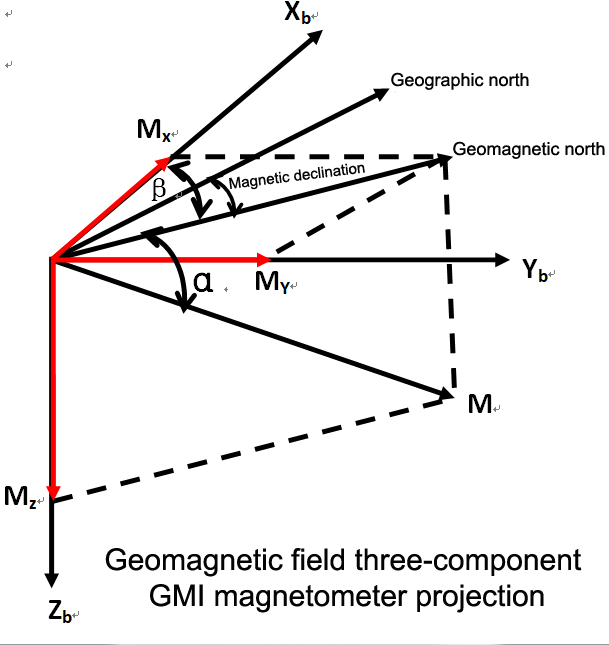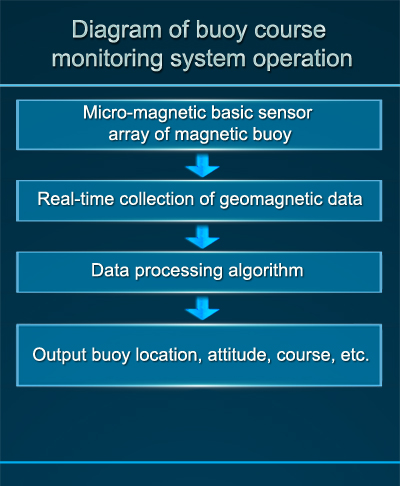![]() Background analysis:
Background analysis:
Common buoys on the sea are often scoured by waves and their directions will change. As the aerial surveys of buoys should be known and accurate measurement is needed, there is an urgent need for a new type of device that can accurately measure the course of the buoy with high reliability in an all-weather and all-day manner. On August 7, 2015, due to errors in the buoy obliquity measurement, improper operation, and untimely emergency response, a Chinese ship with a load of nearly 30,000 tons hit a reef on Waibaimutian, causing damage to the hull and taking in water. The geomagnetic field of Guochuang Micro-magnetic Basic Sensor Array can achieve the purpose of accurately measuring the course without being interfered by bad weather. Moreover, the equipment is stable in operation, small in size, low in power consumption, and fast in response speed, which is suitable for buoy heading measurement in various complicated water environments.
![]() Theory:
Theory:
According to the geomagnetic field three-component magnetometer projection, the magnetic course angle Φm expression of the buoy in any attitude can be obtained (the same as β in the figure below):

Where θ is the pitch angle: the angle between the x-axis of the buoy coordinate system and the horizontal plane; γ is the roll angle: the angle between the Y-axis of the buoy coordinate system and the vertical plane.

![]() Technical solution:
Technical solution:
Guochuang Micro-magnetic Basic Sensor with high precision and sensitivity is mounted with buoy, which is used to measure and collect the three-component and the total field intensity of the geomagnetic field for the adjustment and correction of the buoy course.


![]() The main components of the system:
The main components of the system:
1. The buoy course monitoring system is composed of micro-magnetic basic sensor, communication module, digital signal unit, etc.;
2. The micro-magnetic basic sensor is installed on the buoy course monitoring system;
3. Related algorithms include: installation error calibration, carrier interference suppression, environmental noise suppression, course calculation, etc.;
4. Network data center: collection of data and information such as buoy course data and abnormal attitude warning signals;
5. Terminal console: display the working status and early warning information of the buoy course monitoring system.
